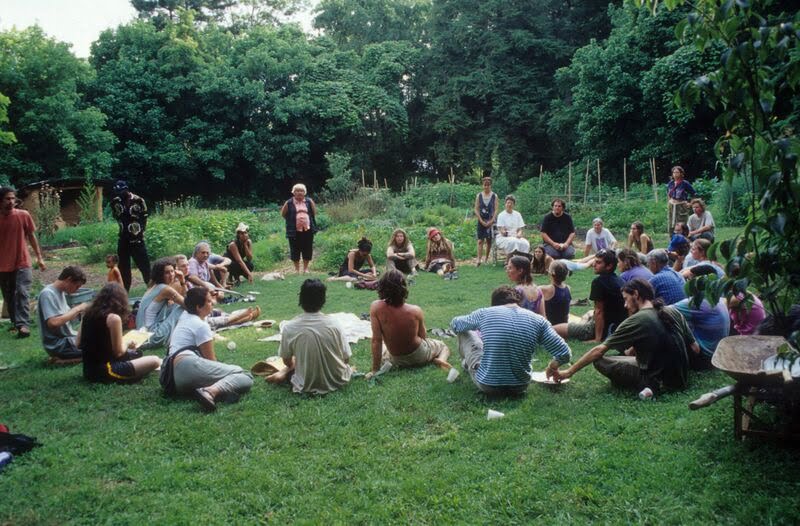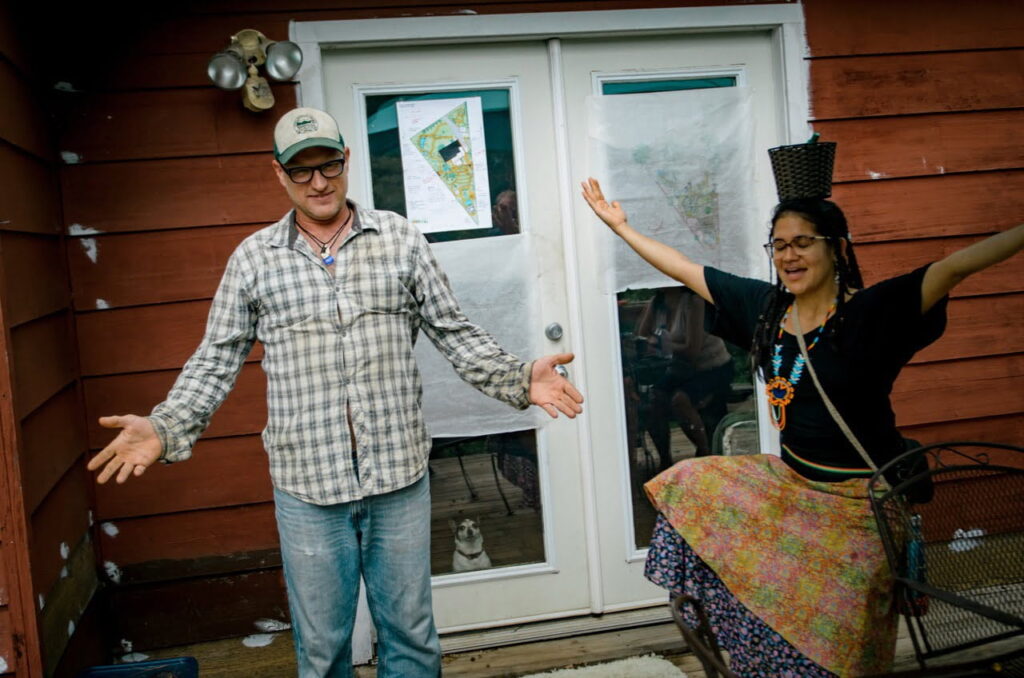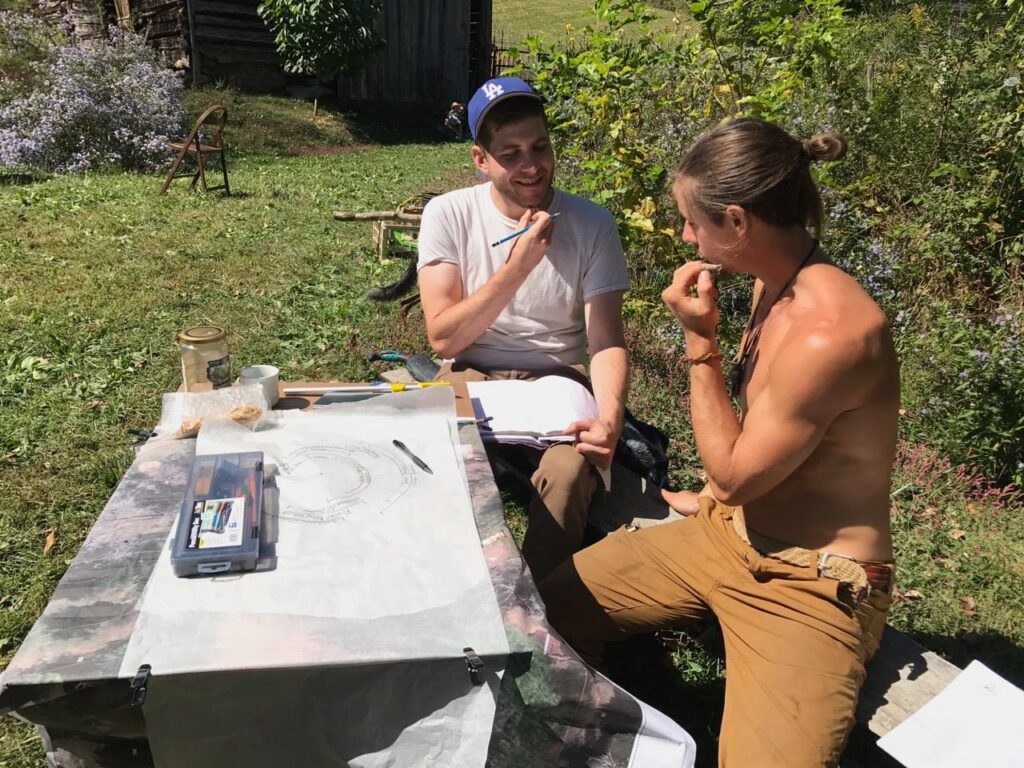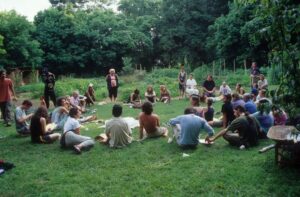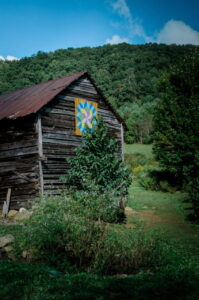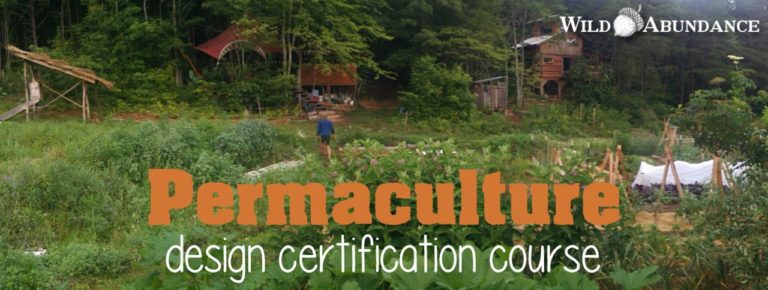Building and maintaining community connections are essential parts of permaculture and living off the land. Here are seven ways to incorporate community into a land-search. Each has its own advantages and disadvantages. We hope this list will help you to explore what’s right for you.
Buy land from friends
When you buy a parcel of land from friends who also live there, you guarantee you’ll like your neighbors. Accessing land this way is a form of “intentional community” without all of the logistical aspects of collective ownership.
Form a partnership with friendly landowners
Ownership is not the only way to access land for permaculture projects and self sufficiency. In fact, many creative collaborations are possible between owners and non-owners who share a vision. Often, folks who own land don’t have the time, resources, or skills to develop it as the might wish. So, getting together with someone who wants to contribute those things, but doesn’t have their own land, can be a boon to both parties. If you go this way, be sure to make very concrete agreements (in writing) about your exchange and commitment to one another. Land for Good is a great resource to help both farm seekers and landowners who’d like to see their land worked.
Buy in an area with like-minded folks
When you purchase land in an area that’s already populated with folks who share your values, chances are you’ll build connections with those people. To do this, find an area that you like and get to know people there. Visit farms during harvest parties; go to community centers and events; hang out at local shops and begin conversations with people (feed and seed type of stores are usually great for this). If possible, get involved in a community before you choose to settle there, so you can get a feel for what the folks are like and if it’s a good fit.
Buy a large tract and split it up among friends
This can be a great option financially. That’s because you’ll be able to take advantage of lower per acre prices on large tracts. Additionally, this approach, like buying land from friends, guarantees you’ll have the neighbors you want.
Join an already existing intentional community
Joining an intentional community can have many benefits, but isn’t for everyone. Such communities usually have shared agreements, community events, protocols, and a structure of mutual support that means you don’t have to reinvent the wheel. However, this structure may or may not be exactly what you want. Also, intentional communities generally involve a significant amount of group process and meetings. Our local example of an intentional community is Earthaven Ecovillage. There are many such communities around the world, of varying size, structure, and accessibility to new members. The Foundation for Intentional Community has a wonderful directory that lists hundreds of them.
Form an intentional community
There are lots of ways to form an intentional community. Most, if not all of them involve meetings, contracts, and lots of logistical details. This route requires a firm commitment to group process and to going against the grain of our culture’s “private property” mentality. Founding an intentional community gives you a lot of control over the process, but may also be a big headache. Here’s more on the details of starting an intentional community
Go out on your own and build connections where you’re at
When you go out on your own, into an area that’s not already a “hip” permaculture hotspot, you may end up planting the seeds and spreading the vision in a beautiful way. On the other hand, it could end up being a bit lonely. The key here is to build relationships and make connections, even with people who you might not easily relate to, at first.
One graduate of our Permaculture Design Course, Ben Marchman, said that when he returned to his home in rural Georgia, he used the word “permaculture” and his neighbor thought it had to do with hair (like “perm” culture…think 1980’s television shows). However, when he started talking about what he’s actually doing, without using the new-fangled terms, lots of folks got excited about it.
Another graduate, who also returned home as a permaculture “emissary,” used an app called Nextdoor to connect with neighbors. He shared what he and his wife were hoping to do with their property, and the response was super positive. In fact, they received, invitations to dinner, the gift of a frozen chicken, and they connected with two local sources for pastured eggs.
To learn more about living off the land using permaculture principles, check out our extensive resource: How to Live off the Land: A Permaculture Guide

